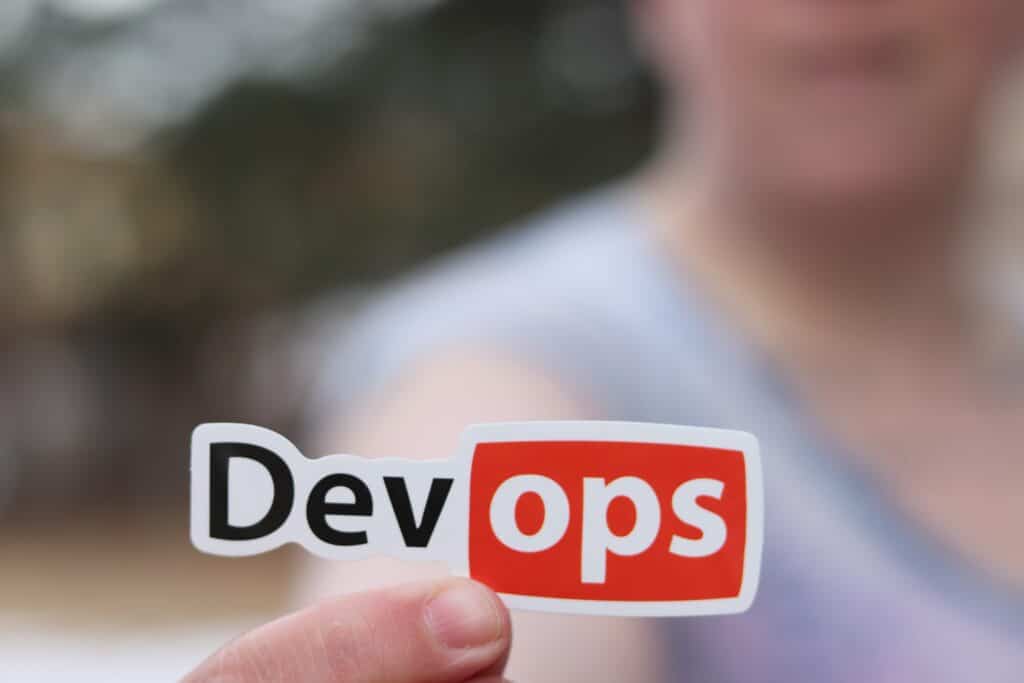The DevOps methodology, rooted in the harmonization of development and operations, has been lauded for its efficiency in the IT landscape. While it’s traditionally linked to software development cycles, in this article we’ll look at localization strategy as a potential co-discipline that benefits from the same methodology that DevOps introduce.

We call them Language Operations or LangOps for short. To product managers and localization managers reading this, let’s explore the worth of integrating localization as a core component of your DevOps strategies and how to measure its impact using the right KPIs.
Localization and DevOps: The Inseparable Duo?
At a glance, localization might seem far from the realms of DevOps. However, when your product is rolled out globally, it’s crucial that your software supports various languages and cultural nuances to reach wider markets. This is where DevOps and localization intertwine. The iterative process of DevOps complements the dynamic nature of localization, where automation, quick feedback, continuous improvement and continuous implementation are paramount.
Making localization strategy visible using KPI’s
Just as with any DevOps strategy, the true value of localization is evidenced through its results. But how do you measure the ROI of localization efforts? By setting and monitoring the right KPIs. Here are some key indicators that are easy to track when set right:
Release Time: For Product Managers
- What to track: The time taken from localization initiation to product release in a new market.
- Why it matters: Faster releases indicate seamless integration of localization in your DevOps cycle, giving your product a competitive edge. Response times and time to market is everything.
- What facilitates it: continuous integration and continuous delivery is crucial in LangOps to keep up with the sprint deliveries that continuously roll out newer product versions.
Localization Error Rate: For Localization Managers
- What to track: The number of bugs or errors reported post-release that are localization-specific.
- Why it matters: A lower error rate not only ensures a positive user experience but also reduces post-release patches and updates, saving resources. It also contributes to quicker release cycles down the road.
- What facilitates it: Integration with proper QA tools and translation management systems ensure constant background QA tests that report issues in real-time. Linguistic issues are fixed by language teams immediately while technical issues are addressed by localization engineering teams.
Market Engagement Metrics: For Marketing Managers
- What to track: User engagement, retention, and feedback from newly localized markets.
- Why it matters: This is actually a compound KPI. Positive engagement indicates successful localization efforts, translating to a stronger brand presence in new markets. That, in turn, facilitates inbound lead generation and increased sales. All the good stuff is tracked to immediately justify the investment in localization.
- What facilitates it: SEO tools such as Semrush will provide comprehensive reports on website engagement in different target markets. Social engagement can be tracked using tools like Taplio.
Tools to Track KPIs for Localization Strategy: Automate for Accuracy
Just as DevOps leans heavily on automation tools for integration and delivery, so should your localization efforts. Employing tools that track localization metrics can offer invaluable insights:
- Automated QA tools: These can quickly identify and report localization issues, speeding up the feedback loop.
- Analytics platforms: These help gauge user engagement and feedback in real-time, allowing for quick iterations if needed.
- AI and machine assisted localization. We stress the assistance aspect, because many studies have shown that while AI facilitates content delivery, the results are nowhere close in terms of impressions and engagement goals.
Proving the Worth: Success Stories from the Trenches
Successful companies globally have woven localization into their DevOps fabric. Take a tech giant like Netflix. Their simultaneous global releases are a testament to the efficient integration of proper localization strategy in their DevOps pipelines. They monitor user engagement and feedback continuously, allowing them to adjust content or UI to better fit regional preferences.
Localization isn’t just a one-time project tacked onto the end of a product cycle; it’s a continuous discipline that should run parallel to your DevOps strategies. For IT personas, the call to action is clear: integrate, track, and iterate. With the right KPIs in place, the value of localization will become unequivocally evident, ensuring your product resonates globally while maintaining the efficiency and speed of the DevOps methodology.


